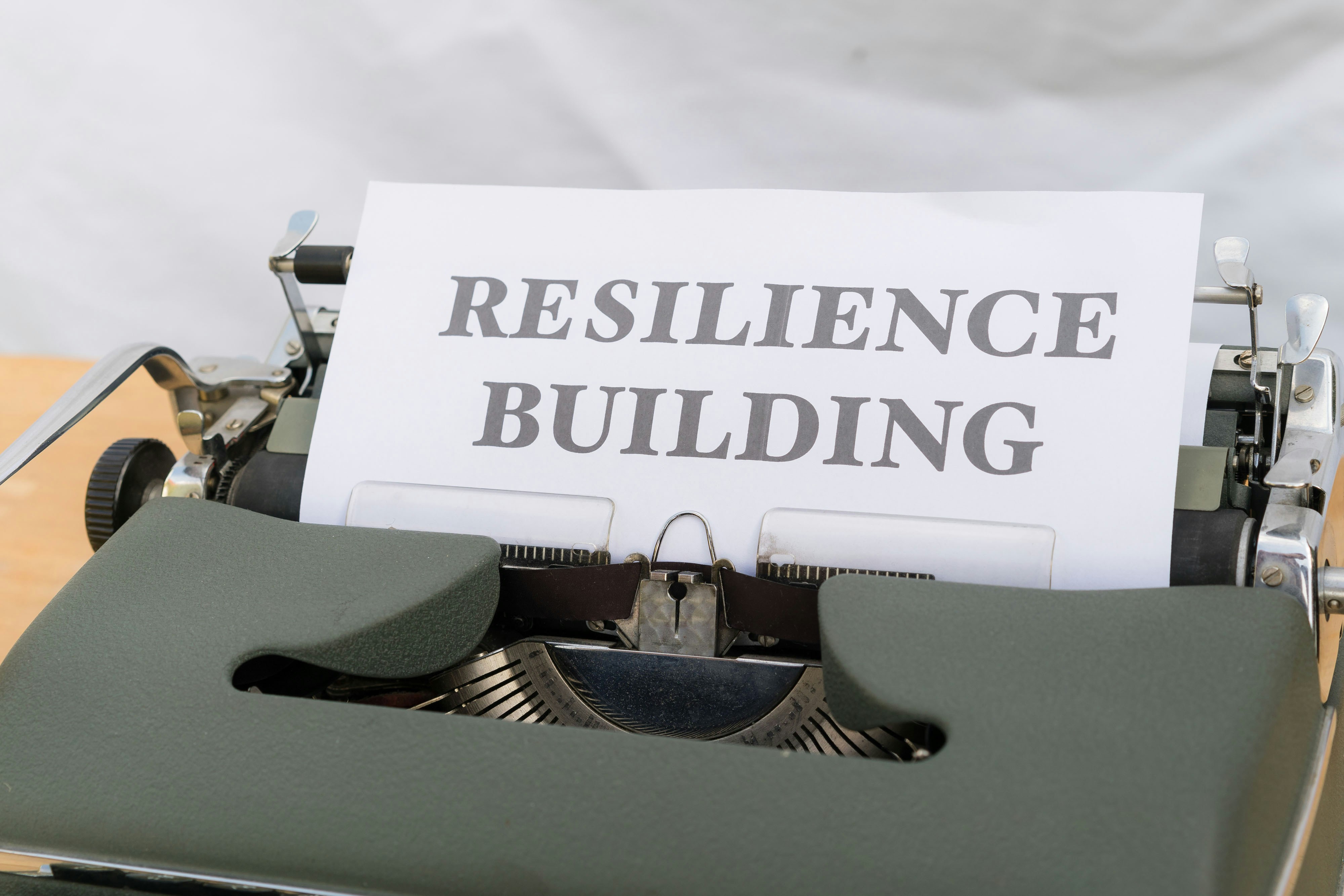The Emotional Economy: Master Your Wealth with Feelings
Have you ever noticed how a single emotional moment can swing your financial decisions? It’s not just about cold hard facts and budget spreadsheets. In fact, understanding the way emotions play into personal finance can be your secret weapon for wealth building. Welcome to the emotional economy, a crucial aspect of finance that often goes overlooked. In this guide, we’ll explore how your feelings can influence your financial decisions and how harnessing that emotional intelligence can lead to sustainable wealth.
The Intersection of Emotions and Financial Decisions

We often think of ourselves as rational beings when it comes to managing money. However, numerous studies have confirmed that cognitive biases significantly impact our financial choices. Whether it's a spontaneous purchase spurred by a fleeting emotion or investing based on fear of missing out, emotions run deep in our financial fabric.
For instance, behavioral economics emphasizes how our feelings can cloud our judgment during critical financial moments. According to a study published in the Harvard Business Review, emotional volatility can compel investors to make snap decisions that deviate from their long-term strategies. Questions arise: How can we recognize these emotional influences? And more importantly, how can we manage them to empower ourselves financially?
Recognizing Emotional Triggers

To fully engage with the emotional economy, it's essential to identify what triggers your financial emotions. Are you driven by a desire for security? Do feelings of inadequacy make you overspend to impress others, or do anxiety and fear stop you from making smart investments?
Take a moment to reflect on your spending habits. For example, when receiving a bonus or unexpected windfall, do you find yourself splurging on luxuries or meticulously funneling it into savings? Understanding the “why” behind your financial patterns opens up avenues for change. It’s an opportunity to align your emotions with practical financial strategies.
Examining Spending Patterns: The Influence of Emotions

Consider your spending patterns for a moment. Are they based on necessity or emotional gratification? Imagine a scenario where you've had a rough week. You walk into a store, and the alluring shiny gadgets catch your eye. That little voice encouraging you to splurge is likely rooted deep in emotional reaction, providing a temporary high. Now, it may feel good, but what about its long-term implications?
For those seeking deeper insights, check out our guide on the psychology of money to uncover how your emotional landscape directly shapes your financial reality.
Mastering Emotional Intelligence for Financial Success

Emotional intelligence (EI) is the ability to understand and manage your emotions, as well as those of others. In the realm of finance, mastering your EI can lead to smarter savings and investment decisions.
Imagine having the capability to pause and reassess your emotions before making a purchase—does it bring joy, fulfill a need, or stem from impulse? By questioning your emotional motives, you cultivate a deeper relationship with your financial habits, ultimately leading to sustained wealth.
One approach to harnessing your emotional intelligence involves journaling your financial feelings. By tracking expenses and categorizing them based on emotional responses—something like joy through purchases, guilt through overspending—you can identify trends and learn to pivot your behavior moving forward.
Building Resilience to Emotional Changes

In a volatile financial landscape, emotional resilience becomes essential. When market downturns or unexpected expenses arise, it's natural to feel anxious or fearful. However, this emotional turbulence can lead to hasty decisions.
Developing a system of practice—similar to fitness routines—can reinforce emotional resilience in your finances. A personal financial strategy may include:
- Systematic budgeting (using techniques discussed in our ultimate beginner's guide to budgeting)
- Regular check-ins on your financial goals and emotional state
- Engaging in mindfulness or stress-relief techniques to manage anxiety during times of economic uncertainty
Furthermore, surrounding yourself with supportive financial communities can help to buffer emotional stress. Engaging in healthy discussions about money with like-minded individuals allows for sharing perspectives and alleviating emotional burdens.
Emotional Spending vs. Mindful Spending

When we talk about mindful spending, we aren't suggesting total deprivation. Instead, it's about taking deliberate steps to assess your emotions before making purchases. Ask yourself:
- Will this purchase enhance my well-being?
- Is it a need or a want?
- How will I feel about this decision in a week?
Implementing a mindful spending framework can prevent spontaneous buys while allowing for the occasional indulgence that contributes positively to your emotional health. Consider setting a “fun fund,” allowing you to indulge occasionally without compromising your overall financial strategy.
The Role of Saving Strategies in Emotional Management

Having a solid saving strategy greatly influences your emotional landscape regarding finances. Establishing short-term and long-term goals can alleviate anxiety, especially in unpredictable times. Financial gurus often emphasize the importance of having a safety net—ideally three to six months of living expenses saved in an easily accessible account.
In this aspect, practicing your emotional intelligence and understanding what sparks your fears can transform how you approach saving. You may feel compelled to save when faced with financial uncertainty. By framing this behavior positively—thinking of savings as empowerment rather than restriction—you set up a healthier emotional relationship with your finances.
Mastering Investments: The Emotional and Mental Balancing Act

Investing inevitably involves risk, and with risk comes emotion. Fear and greed are often the primary culprits behind poor financial decisions. Think of it this way: you might be tempted to sell everything when the market dips because of fear, or overextend your portfolio when things are going well out of sheer greed.
Incorporating strategies around emotional awareness can help keep these impulses in check. One recommended strategy involves setting target goals for each investment. By establishing exit points ahead of time, you can limit emotional decision-making during high-stress scenarios.
For deeper insights, explore resources such as this article on social influence on finances, highlighting how your environment can shape your investment behavior.
Aligning Values with Financial Decisions

Your values should form the bedrock of your financial choices. Are you passionate about sustainability? Do you wish to support local businesses? Imagine a strategy that intertwines your values with your investments. This alignment cultivates a positive emotional connection to your financial choices.
Exploring ethical investments or funds that align with your philosophical outlook can not only enhance your emotional satisfaction but can also foster confidence in your financial literacy journey.
Exploring Impact Investing

Impact investing provides a unique avenue for aligning your values with your financial decisions. It's a form of investing that generates social and environmental benefits alongside financial returns. By directing your resources toward projects that make a difference, you create a rich intersection of mission-driven impact and personal finance.
This approach allows for an emotional connection to your investments, turning the act of financial growth into a method for personal fulfillment. For additional strategies, check out our guide on ethical investing.
Tools for Emotional and Financial Mastery

Our emotional landscape is complex, but today’s tech tools can be your allies in building both emotional and financial resilience. Take advantage of apps designed to track your spending habits, set financial goals, and educate yourself on investing.
Apps like Mint or YNAB (You Need A Budget) offer robust platforms for budget tracking and expense monitoring. Coupled with investment apps such as Betterment or Robinhood, you can diversify your portfolio, all while keeping your emotional well-being in check.
Utilizing Community for Emotional Support
Another practical step involves finding a community that resonates with your financial and emotional goals. Whether it's a local finance meetup or an online financial literacy group, surrounding yourself with like-minded, financially savvy individuals can foster collaboration and promote emotional well-being.
A great resource for building such communities is the Community Investment Network, where you can find local projects supporting mutual growth.
Final Thoughts: Embrace the Journey of Financial and Emotional Growth
Understanding how your emotions influence your financial decisions isn't just an academic exercise; it's a life skill that can lead to real, lasting wealth. By taking the time to reflect on your triggers, engage in mindful spending, and prioritize emotional intelligence, you empower yourself with the tools needed to navigate the emotional economy successfully.
As we journey through our financial lives, remember: it's about more than simply amassing wealth. It’s about building a life that aligns with your values, nurtures your emotional well-being, and supports your financial independence. Every decision is a stepping stone toward mastering your finances in an emotional economy—embrace it.
For further exploration into enriching your financial literacy, consider reading about gamifying your financial habits or adopting financial minimalism for further insights and innovative approaches.
Together, let’s build a financially stable and emotionally rich future!



